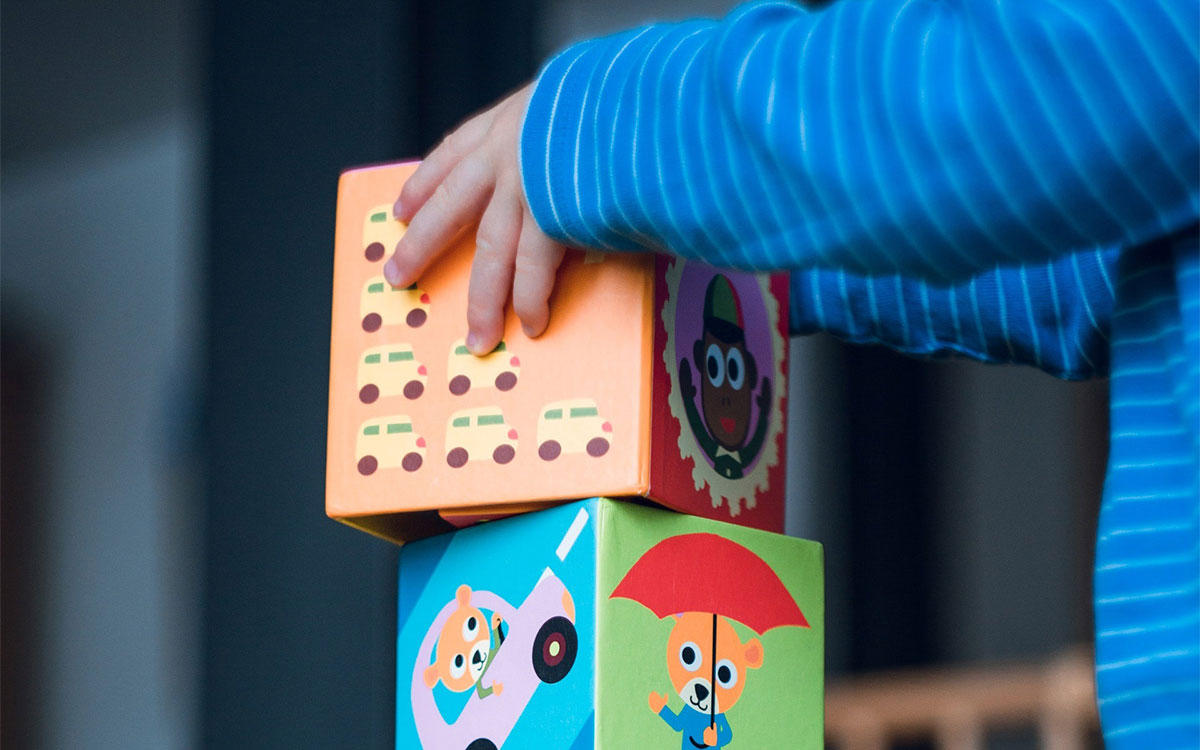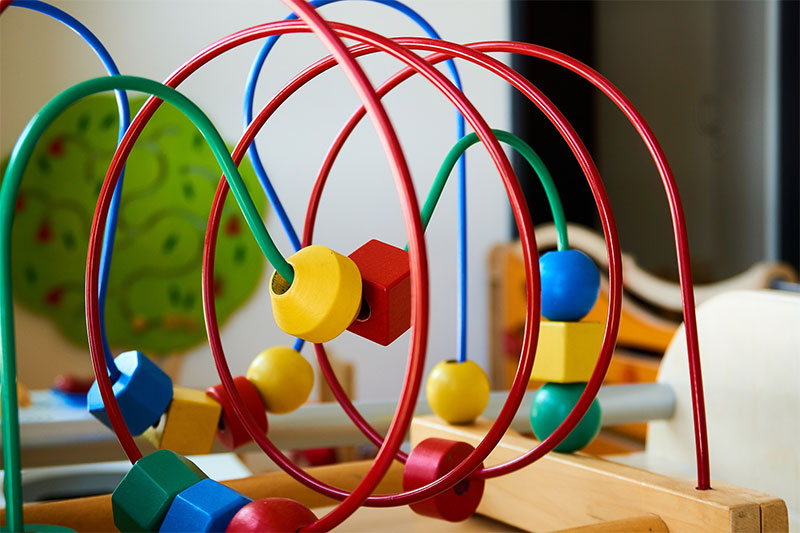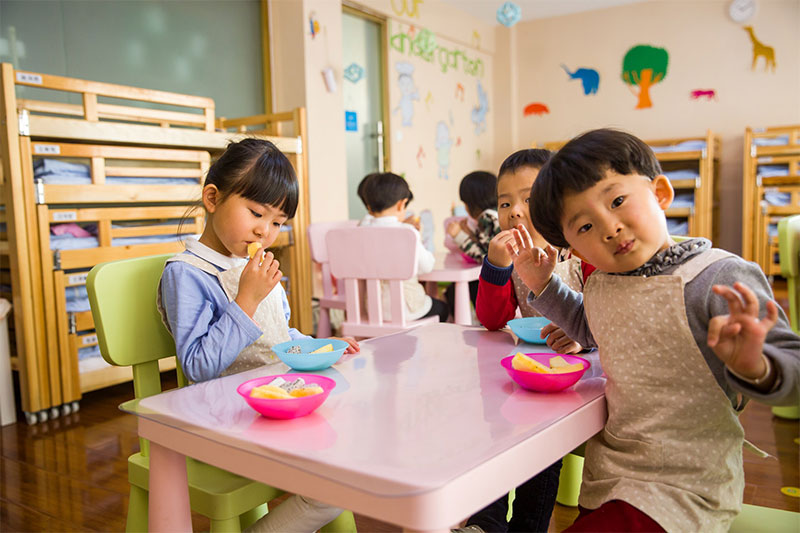
Choosing a curriculum that suits your child
The preschool years are extremely important as they build the foundation for your child’s learning years, and at the very least probably determine how much they enjoy school. Children have a magical capacity to learn and absorb information through the various activities they go through in their day. Therefore, picking the right preschool curriculum for your child can be quite overwhelming, especially since there are so many educational philosophies to consider.
Which preschool curriculum suits your child best?
There are three main elements that every preschool curriculum should deliver:
It should create an interest in learning
Avoid going for curricula that sound very academic or rigorous in nature. Instead, go for programmes that are inviting and create an enthusiasm to learn and excel. Look out for more hands-on activities, nature walks, sensorial materials, reading, culture activities, art projects and the like.
It should promote wholesome development
Irrespective of the philosophy, a preschool curriculum should stimulate learning while ensuring they meet the social, language, physical and cognitive development goals of the child. Children should have the freedom to move and socialise within a harmonious environment. Check if the activities are age appropriate and boost the all-round development of your child.
The curriculum should be adaptable
The curriculum should be designed in a way that it gives children the freedom to learn at their own pace. Learning takes its best course when children find meaning in what they are studying, not when we drill ideas and concepts into their mind through repetition. The goal is to help them discover their passion and develop a lifelong love of learning.

Does the preschool curriculum accommodate your child’s learning style?
Preschoolers cannot be burdened with worksheets and tests. We cannot expect children to complete writing work when they haven’t grasped how to hold a pencil. Children prefer moving around, playing and engaging in hands-on activities. Identify the learning style of your child and find a preschool that includes activities for all kinds of learners.
For example, if your child is a visual learner he might love to learn by watching activities, events, images or science experiments. Visuals learners are very observant and they like to soak in in the details. If your child is a tactile or physical learner, they would love to jump, dance, run and interact with the environment around them. On the other hand, an auditory learner enjoys learning through stories and conversations.
Does the curriculum give you learning opportunities?
A great curriculum is not only beneficial for the child but also the parents. Involvement of parents in the learning process of the child is essential to their success. Do they allow you to get involved in the child’s learning experience? How do they communicate their goals so that you can work with the teacher to help your child perform better? Parenting classes or tips are also a great way to help you work for the well-being of your child.
Time to switch preschools?
Your child hates to go the preschool and you have come to a point where you are considering other alternatives. Maybe your child is too shy and has problems interacting with people and therefore needs a preschool that is gentle and has methods of helping children get along with each other – even the shy ones. Maybe your child needs a little more attention from the teacher and would work better in a low-ratio classroom? No matter the circumstance, if your child hates going to preschool, then something should be done about it immediately as there are many years of learning ahead and you don’t want a child who hates school.

Play-based or academic curriculum?
In play-based curriculum, children mostly choose activities based on their interest. Though it might just look like they are playing, they are actually learning valuable skills including social skills through interaction and cooperation.
An academic-based curriculum is more teacher-directed. Teachers plan the activities for the children and guide them through the process. This kind of curriculum is specially designed to prepare children for school. It mainly consists of learning letters, sounds, shapes, colours and other skills.
So which preschool curriculum is best?
Most parents prefer academic-based learning as they want their child to have a smooth transition to school. However, this is true only to a certain extent. The preschool years are an important time to develop social and emotional skills, which help to set a stage for academic learning. If you feel that a play-based curriculum is not suitable for your child as it might get chaotic, you could go for a setting that is more structured.
The Montessori Method gives you the perfect combination of an academic and play-based curriculum that nurtures an active learning style in the children. The didactic materials have been developed by Dr Maria Montessori through years of extensive research culminating in a scientific pedagogy that has been highly appreciated by parents and children alike.
Your child can enjoy a wide range of intriguing materials like jugs, bowls, spoons, ladles, sensory materials, language materials, and number work coupled with the adventure of outdoor play, nature walks, cultural activities and projects. The 5 core areas of the Montessori approach include:
Practical life
The practical life area encourages the child to perform activities such as spooning, transferring, and pouring which help in the development of coordination, improves concentration and fosters independence.
Sensorial
The sensorial materials help the children refine their senses of touch, smell, taste, sound and sight through new experiences. The materials aid in the development of the cognitive abilities of the child.
Language
The language materials encourage the children to develop both reading and writing skills. Teachers also introduce the phonetic approach which enables the child to move gradually from simple words to full sentences.
Number work
The number work materials consist of fun and intriguing materials which introduce various mathematical concepts to the child. They provide a hands-on and minds on approach to learning number work.
Cultural activities and projects
The cultural activities and projects help the child to understand the world and connect with it in a better way. The projects are supported by the concrete materials which are further classified under subjects such as geography, history and botany. Music, art and craft are deeply interwoven in the daily approach.
The lessons in the Montessori method are delivered individually as well as in groups. This helps the teachers to understand and discover more about each child and their development. By participating in the group activities, children learn to interact, build relationships and help each other. Even decades after its creation, the elements of the Montessori Method continue to stay relevant, making it one of the more popular preschool curricula among parents across the world.











